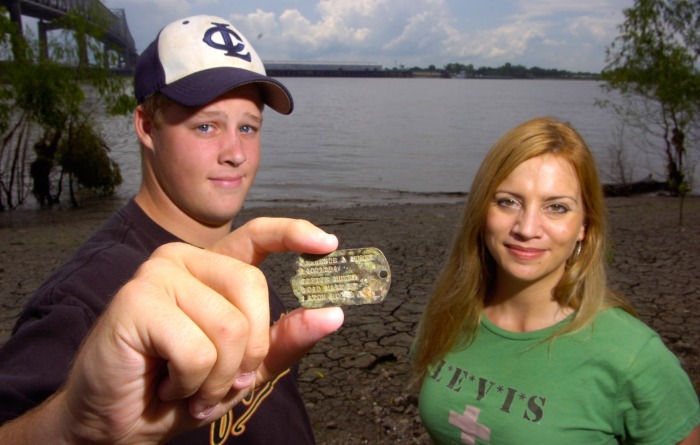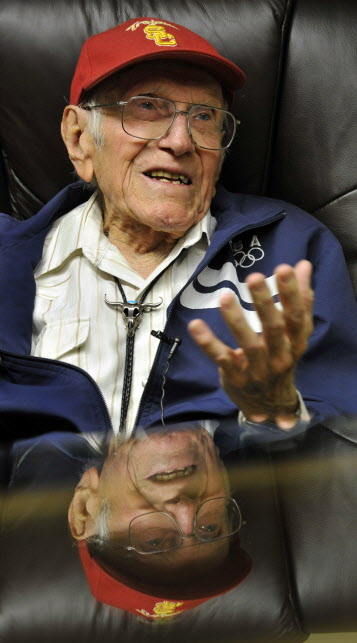
By George Morris
Some time after Harold Gayle’s family got the dreaded telegram informing them that he had been killed in World War II, they received a wholly unexpected correspondence designed to give them comfort.
A family that lived near the Henri-Chapelle American Cemetery and Memorial in Belgium wanted them to know that Gayle’s grave would be cared for.
“They wrote to my mother, I guess, 62 years ago and told her that they had adopted his grave and that they put flowers on it,” said Gayle’s younger sister, Edna Kennedy, of Baker
In 2008, she learned that the care was continuing.





 Bilibid Prison, a POW camp during World War II
Bilibid Prison, a POW camp during World War II U.S. forces in the Malinta Tunnel surrender on Corregidor.
U.S. forces in the Malinta Tunnel surrender on Corregidor.